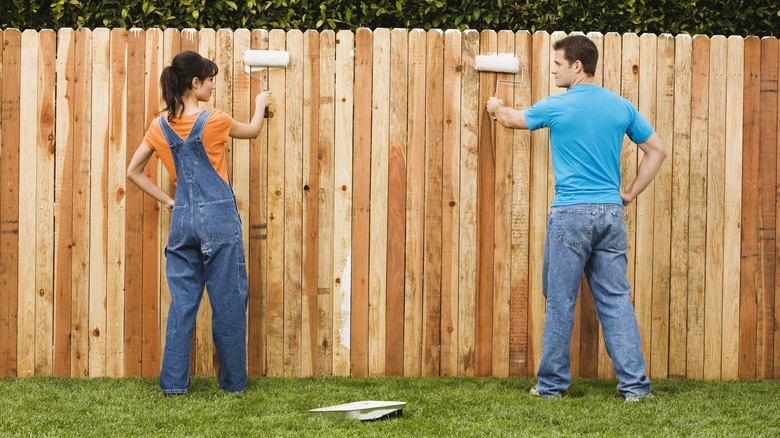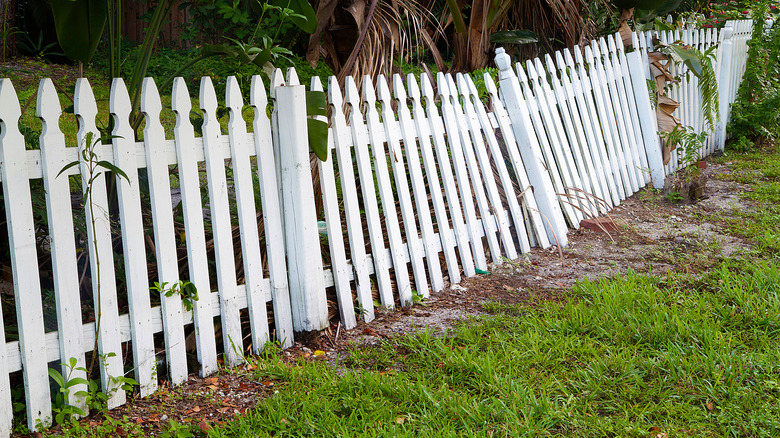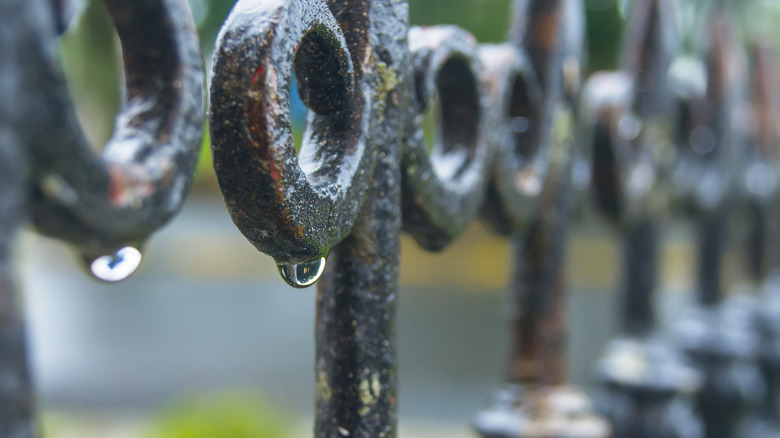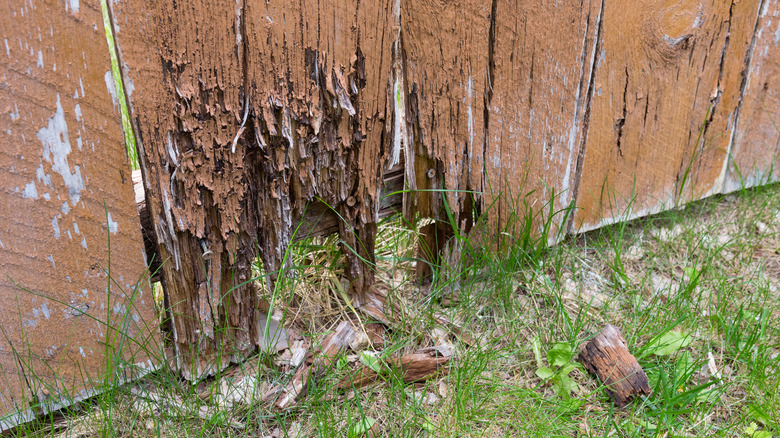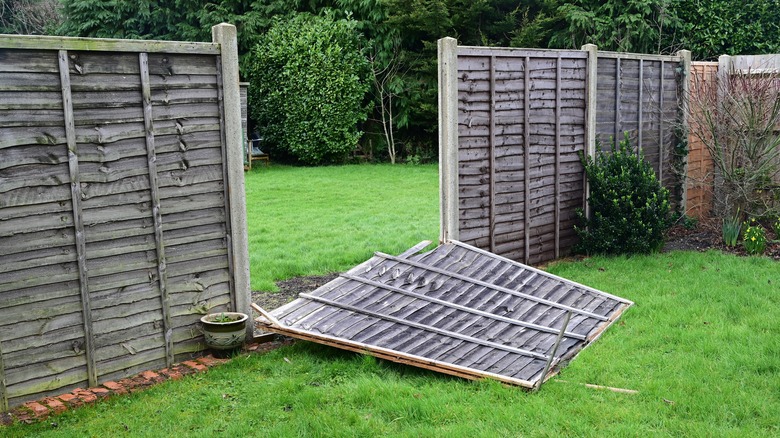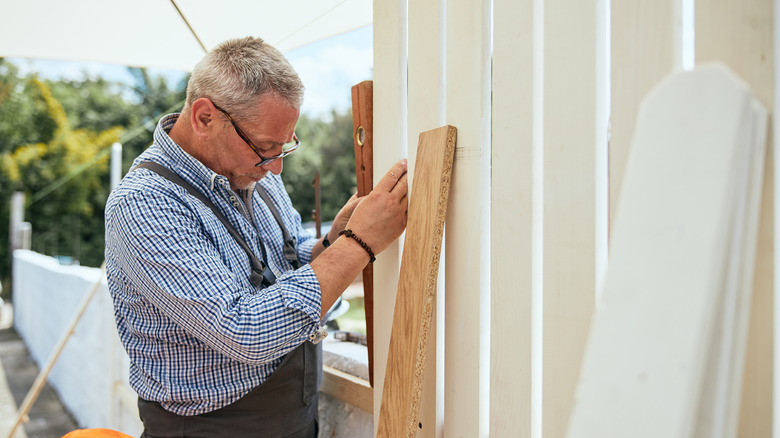Telltale Signs It's Time To Replace Your Fence
A fence can indeed be a valuable addition to your home, providing security, privacy, and aesthetic appeal. Fences aren't just functional barriers; they contribute significantly to the curb appeal and overall impression of your home. However, as with any feature of your property, fences require maintenance and occasional replacement to retain their functionality and visual appeal. Over time, weather conditions, wear and tear, and changing needs may render your fence less effective or simply outdated. A worn-out or dilapidated fence can detract from your property's visual appeal and even affect its market value. Therefore, knowing when it's time to replace your fence is not only a matter of practicality but also an investment in the long-term integrity and attractiveness of your home.
When considering whether it's time to replace your fence, there are several telltale signs to watch out for. These indicators go beyond mere cosmetic concerns that your neighbors detest and can actually impact the health of your gardens and the security of your lawns. From structural issues like rotting posts and leaning panels to more visible signs such as peeling paint or rusted hardware, recognizing these signals early on can save you from costly repairs down the line. Read on to discover the telltale signs it's time to replace your fence.
Leaning or sagging
The leaning or sagging of a fence is often a visible sign of underlying structural issues. Sometimes, these issues originate during the installation itself. If the fence posts were not set deep enough into the ground, the fence may lack the necessary stability to withstand external forces. Over time, exposure to harsh weather conditions such as heavy rain, strong winds, or extreme temperatures can weaken the fence's materials, leading to sagging. However, this is true even if the fence was once sturdy. Other factors like soil erosion, settling, or tree root growth, may also shift the ground over time, exerting pressure on the fence posts, causing them to shift and lean.
A sagging fence is troubling because it provides easier access to your property for intruders. If left unaddressed, a leaning fence may eventually collapse entirely, compromising the safety of visitors and your home. For innovative homeowners who have attached their climbing plants to their fences, a sagging fence also affects the well-being of the plants it supports. As highlighted in a study published in AoB Plants, climbing plants depend on their vertical supports to access sunlight effectively. A sagging fence could disrupt the plants' access to sunlight, hindering their ability to climb and spread. This interference can result in stunted growth and diminished flowering or fruiting.
While minor instances of leaning or sagging may be corrected through repairs such as realigning posts, reinforcing supports, or replacing damaged sections, there comes a point where replacement becomes the only viable solution.
Rust or corrosion
Fences crafted from metal materials, such as iron or steel, are especially vulnerable to rust, particularly when lacking a protective coating or when the coating deteriorates over time. Exposure to moisture from rain, snow, or irrigation systems initiates a reaction with the metal, leading to oxidation and the formation of rust. Additionally, exposure to chemicals, such as salt from road de-icing agents, salt air if you live near the sea, or harsh cleaning solutions, can accelerate the corrosion process, hastening rust formation.
As rust corrodes the metal components of the fence, it undermines its structural integrity, rendering the fence more susceptible to leaning, sagging, or even collapsing. Furthermore, a rusted fence may develop sharp edges or weakened sections, posing safety hazards to individuals, pets, or wildlife nearby.
Surface rust can often be remedied with rust neutralizers or inhibitors, followed by repainting or resealing the affected areas to prevent further corrosion. Minor rust damage or corrosion can be addressed by sanding down the affected areas, applying rust-resistant coatings, and reinforcing weak spots with additional supports or bracing. However, when the extent of rust or corrosion compromises the fence's structural integrity to a significant degree, replacement becomes necessary. Signs indicating the need for fence replacement due to rust or corrosion include widespread rust damage, significant structural weakness, or repeated instances of rust recurrence despite repairs. Consulting with a fencing professional can help determine the best course of action based on the specific condition of your fence.
Cracks or decay
Visible damage on a fence can encompass a variety of issues beyond sagging or corrosion. These imperfections not only compromise the structural integrity of the fence but also detract from its aesthetic appeal. For example, exposure to weather conditions and natural elements can cause wooden fences to develop cracks or splits. Wooden fences may also warp or bow due to prolonged exposure to moisture or changes in temperature, resulting in uneven or distorted fence panels, which affect both the appearance and functionality of the fence.
Wooden fences are susceptible to rot and decay, particularly if they are not properly treated or maintained. Rotting wood can appear discolored, soft, or spongy to the touch, indicating significant structural damage. Additionally, certain types of insects, such as termites, carpenter ants or carpenter bees, can infest wooden fences, causing visible damage in the form of holes, tunnels, or wood shavings. Left unchecked, insect infestations can weaken the fence structure and lead to further deterioration and total collapse.
If rot or decay is localized to specific sections of the fence, those sections can be replaced with new wood to restore the fence's integrity. Small cracks and splits in wooden fences can often be repaired with wood filler or epoxy resin, followed by sanding and repainting or restaining the affected areas. However, if the visible damage is widespread, extensive, or compromises the structural integrity of the fence to a significant degree, complete replacement may be necessary.
Loose or missing parts
Accidental impacts from objects, vehicles, or even wildlife can dislodge or break fence components, leading to loose or missing parts. Additionally, as fences age, the natural wear and tear on materials may lead to degradation, causing the connections between components to weaken over time. This gradual deterioration can ultimately result in loose or missing parts, not only compromising the fence's structural integrity but also creating potential entry points for pests and furry intruders like cats into your yard. Therefore, addressing loose or missing parts promptly is essential to maintain the security and privacy of your outdoor space.
If the fence has only a few loose or missing parts, they can often be repaired by reattaching or replacing the fasteners, nails, or screws. Reinforcing weak spots with additional hardware or braces may also help improve stability. However, if the fence has sustained widespread damage, with multiple sections containing loose or missing parts, the overall structural integrity of the fence may be compromised. In such cases, repairing individual components may not be sufficient to restore the fence's stability and functionality.
Ultimately, the decision to repair or replace a fence with loose or missing parts depends on factors such as the extent of the damage, the age of the fence, and the homeowner's budget and preferences.
Excessive maintenance
Excessive maintenance on a fence can manifest in various ways, such as the need for frequent repairs or treatments that surpass what is typical for a well-maintained fence. This can translate into a significant time commitment for the property owner, who may find themselves constantly tending to the fence to keep it in good condition. Moreover, excessive maintenance can also be measured in terms of financial investment, as ongoing costs for repairs or replacements may exceed what is reasonable for the property owner's budget.
Additionally, the level of effort and labor required to maintain the fence plays a crucial role in determining whether the maintenance is excessive. Labor-intensive tasks such as sanding, painting, or replacing damaged components can become burdensome over time, leading to physical exertion and time commitment that may surpass what is sustainable for the homeowner.
When the ongoing maintenance of a fence becomes too burdensome or unsustainable, it may be time to consider alternatives such as fence replacement. Jay Fencing suggests that wood fences need to be replaced around the 10-year mark, based on signs of wear and tear. Metal and vinyl fences tend to last a lot longer. By investing in a new fence, property owners can reduce the maintenance requirements and enhance the overall enjoyment of their outdoor space. Making this decision can ultimately lead to a more cost-effective and enjoyable long-term solution for maintaining the property's boundaries and aesthetics.
